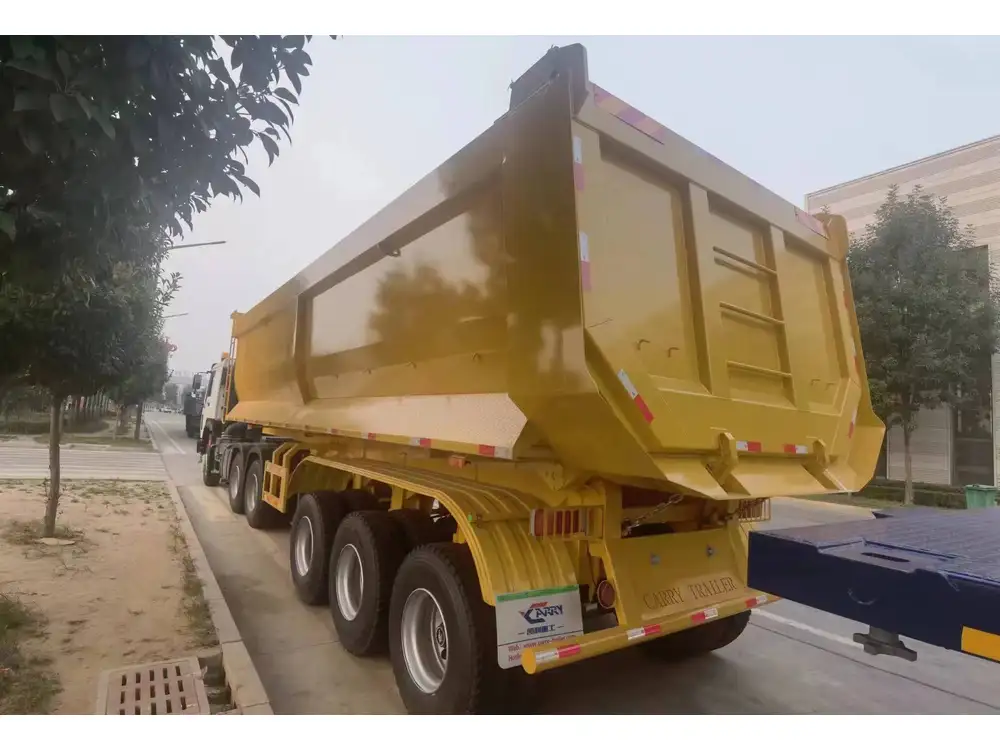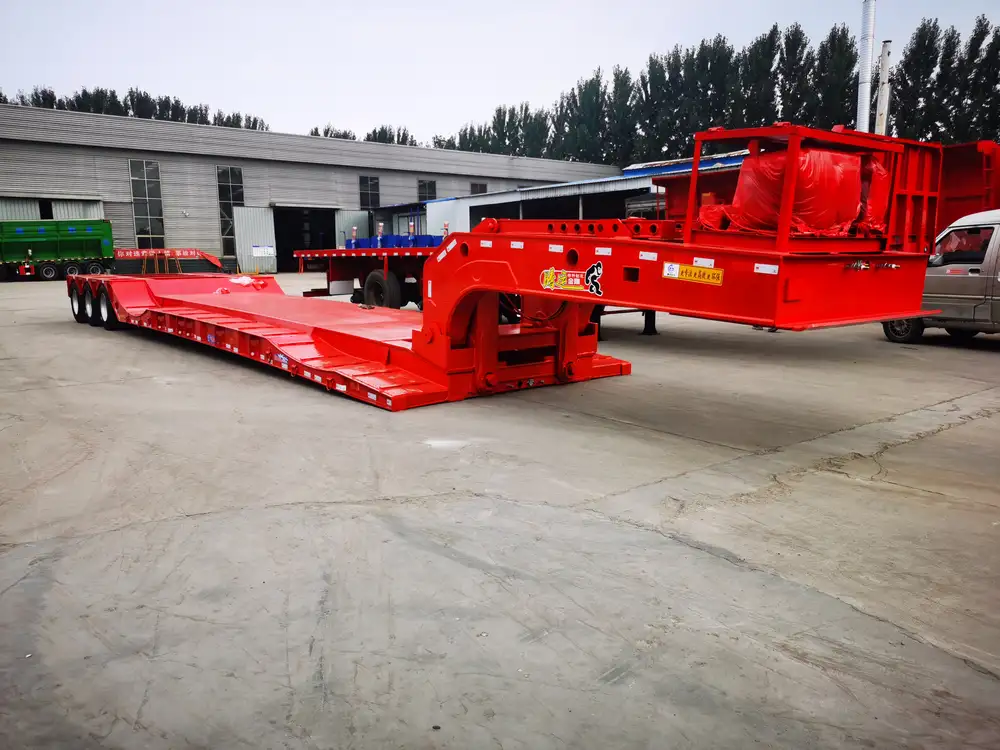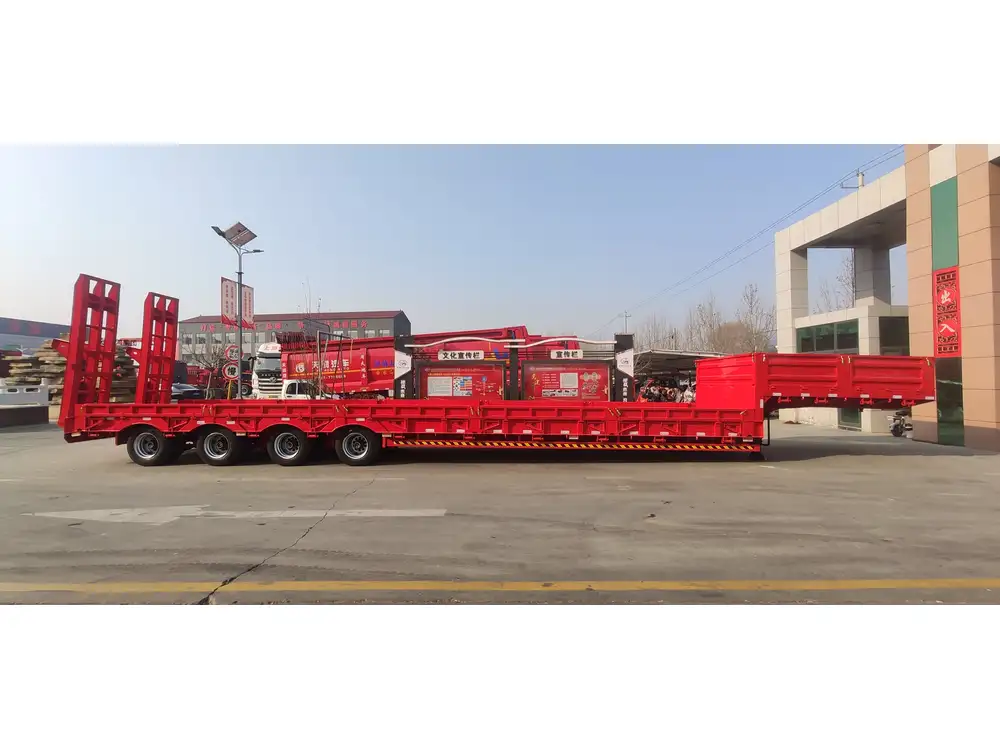Introduction
Installing a winch on a flatbed trailer enhances its versatility, allowing you to easily load and secure vehicles and heavy equipment. A well-installed winch can mean the difference between a smooth loading process and potential accidents. This comprehensive guide is designed to assist you through the winch installation process. We will break down the steps, explore the necessary tools and materials, and address frequently asked questions to ensure you achieve a successful installation.
Choosing the Right Winch for Your Flatbed Trailer

Types of Winches
Before diving into installation, it’s crucial to select the appropriate winch. There are several types available, each offering unique advantages:
| Type of Winch | Description | Best For |
|---|---|---|
| Electric Winch | Powered by a vehicle’s battery | Versatility and ease of use |
| Hydraulic Winch | Powered by the vehicle’s hydraulic system | Heavy-duty applications |
| Manual Winch | Operated via hand crank | Cost-effective and simple |
Winch Capacity
The winch’s pulling capacity should be at least 1.5 times the weight of the heaviest item you plan to haul. Here’s a simple chart to help you determine the right capacity:
| Load Weight (lbs) | Recommended Winch Capacity (lbs) |
|---|---|
| Up to 2,000 | At least 3,000 |
| Up to 4,000 | At least 6,000 |
| Up to 8,000 | At least 12,000 |
Tools and Materials Needed
To install a winch on your flatbed trailer, gather the following tools and materials:

Tools
- Socket wrench set: A complete set, typically metric or standard, depending on your trailer specifications.
- Drill and drill bits: A power drill will be necessary for creating holes.
- Wrenches: An adjustable wrench and pliers will make fastening easier.
- Measuring tape: For precise measurements during installation.
Materials
- Winch mounting plate: Ensures a stable base for the winch.
- Winch: Chosen based on the criteria above.
- Electrical wiring: For electric winches, including connectors and fuses.
- Bolts and nuts: To secure the winch to the mounting plate.
- Safety gear: Gloves, goggles, and other personal protective equipment.
Step-by-Step Installation Process

1. Prepare the Mounting Area
Assess the Trailer:
Begin by examining the flatbed trailer. Ensure the area where you plan to install the winch is clear of debris, dirt, and any obstructions. A clean surface allows better visibility and safety during installation.
Locate the Ideal Position:
Choose a position that is easily accessible but also provides stability. The front of the flatbed is often ideal due to structural support. However, consider ensuring the winch does not obstruct loading or unloading paths.
2. Secure the Winch Mounting Plate
Fit the Plate:
Using the winch mounting plate, place it in your chosen location. Verify that it fits snugly against the flatbed. This plate is essential, as it will provide a solid foundation for the winch.
Mark the Drill Points:
Using a measuring tape, accurately measure and mark where you will drill holes for the bolts. Alignment is key; the winch must sit level and secure to avoid mishaps.
Drill Holes:
Using a power drill, proceed to drill the marked holes. Ensure the drill bit size matches the bolts you plan to use. Clean the area to remove any metal shavings or debris.
3. Install the Winch
Attach the Winch to the Mounting Plate:
Once the holes are drilled, place the winch on the mounting plate. Align the mounting holes of the winch with those of the plate. Secure it with bolts and nuts, tightening each one properly using a wrench.
Verify Security:
Once the winch is mounted, give it a gentle shake to ensure it’s firmly anchored. A stable winch reduces the risk of it disengaging during operation.

4. Electrical Wiring (for Electric Winches)
Identify Power Source:
For electric winches, locate the power source from which you will draw electricity. This is typically the battery of the towing vehicle.
Run the Wiring:
Carefully run the wiring from the winch to the power source. Avoid sharp edges and moving parts. Ensure that the cables are protected from potential hazards (sharp edges, heat, etc.).
Connect the Winch:
Follow the manufacturer’s instructions for connecting the electrical wires. Usually, this involves matching color-coded wires or terminals. Ensure connections are tight to prevent electrical failure.
Install a Fuse:
Integrate a fuse into the wiring to protect the winch and vehicle from electrical overload. This is a crucial safety step.
5. Test the Winch
Initial Testing:
Before putting your winch to work, conduct a test. Engage the winch and observe how well it operates. Ensure that the cable winds and unwinds smoothly.
Safety Check:
Verify that all connections are secure and that the winch operates smoothly without any unusual noises or resistance. This step ensures safety before actual use.
Safety Precautions
While installing a winch on a flatbed trailer might seem straightforward, safety must always be a priority. Here are vital precautions to observe:
- Wear Protective Equipment: Always use gloves, goggles, and sturdy footwear.
- Check Load Ratings: Know the weight limits of both the winch and the trailer.
- Inspect the Winch Regularly: Regular maintenance will ensure longevity and safe operation.
- Follow Manufacturer Instructions: Adhere strictly to the instructions provided by the winch manufacturer for electrical connections and operational use.

Troubleshooting Common Issues
When installing a winch on a flatbed trailer, various issues may arise. Here are some common problems and potential solutions:
| Issue | Possible Solution |
|---|---|
| Winch fails to operate | Check electrical connections and fuses. |
| Cable tangles during use | Ensure the spool is properly aligned. |
| Winch doesn’t pull efficiently | Examine the load weight; is it within limits? |
| Winch makes unusual noise | Inspect for loose bolts or damaged components. |
Conclusion
The installation of a winch on a flatbed trailer can significantly enhance your loading and hauling capabilities. By choosing the right winch, gathering the necessary tools, and following the detailed installation process outlined above, you can ensure a safe and effective installation.
Remember, regular maintenance and adherence to safety precautions will prolong the life of your winch and trailer, saving you both time and costly repairs in the future. Tactical planning and execution allow your flatbed trailer to function efficiently, ensuring you remain at the forefront of your hauling endeavors. Whether you’re a seasoned professional or a DIY enthusiast, mastering this installation will equip you with rewarding skills to optimize your equipment’s functionality, making every load a breeze.



